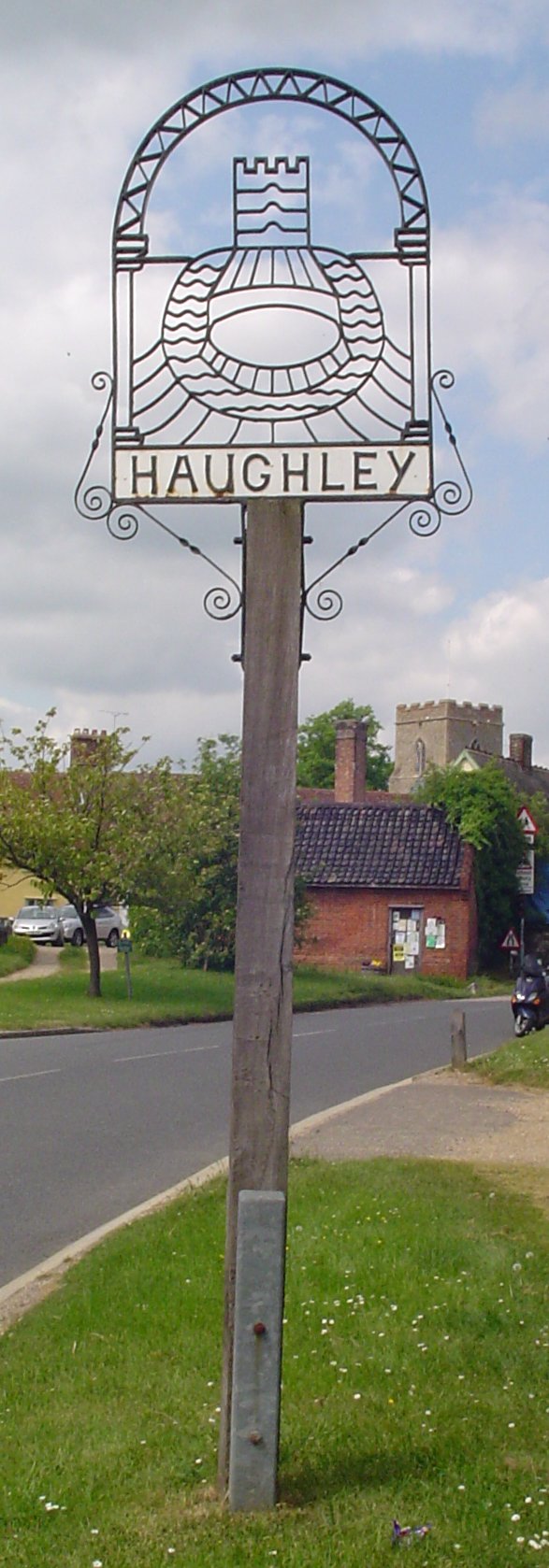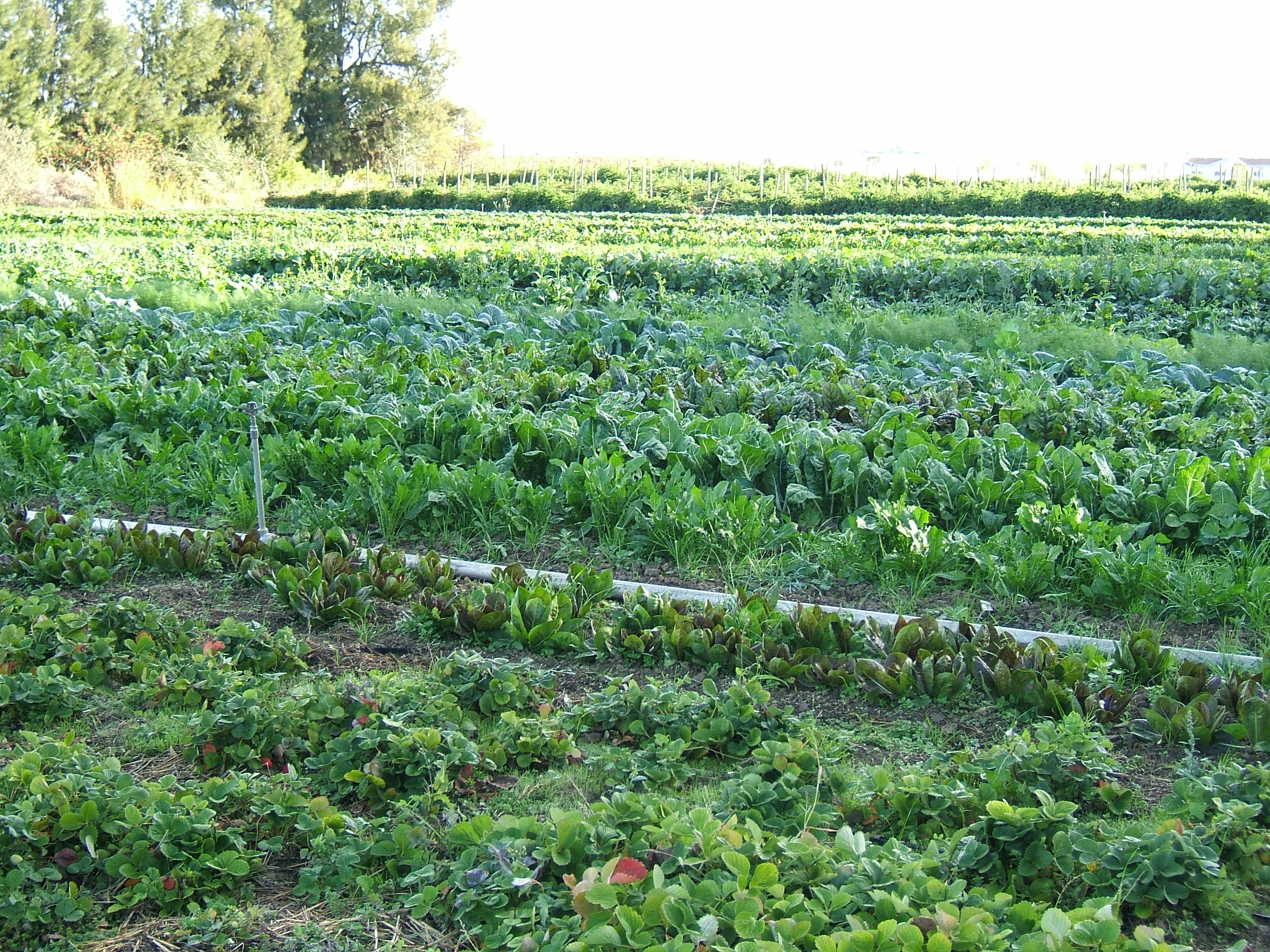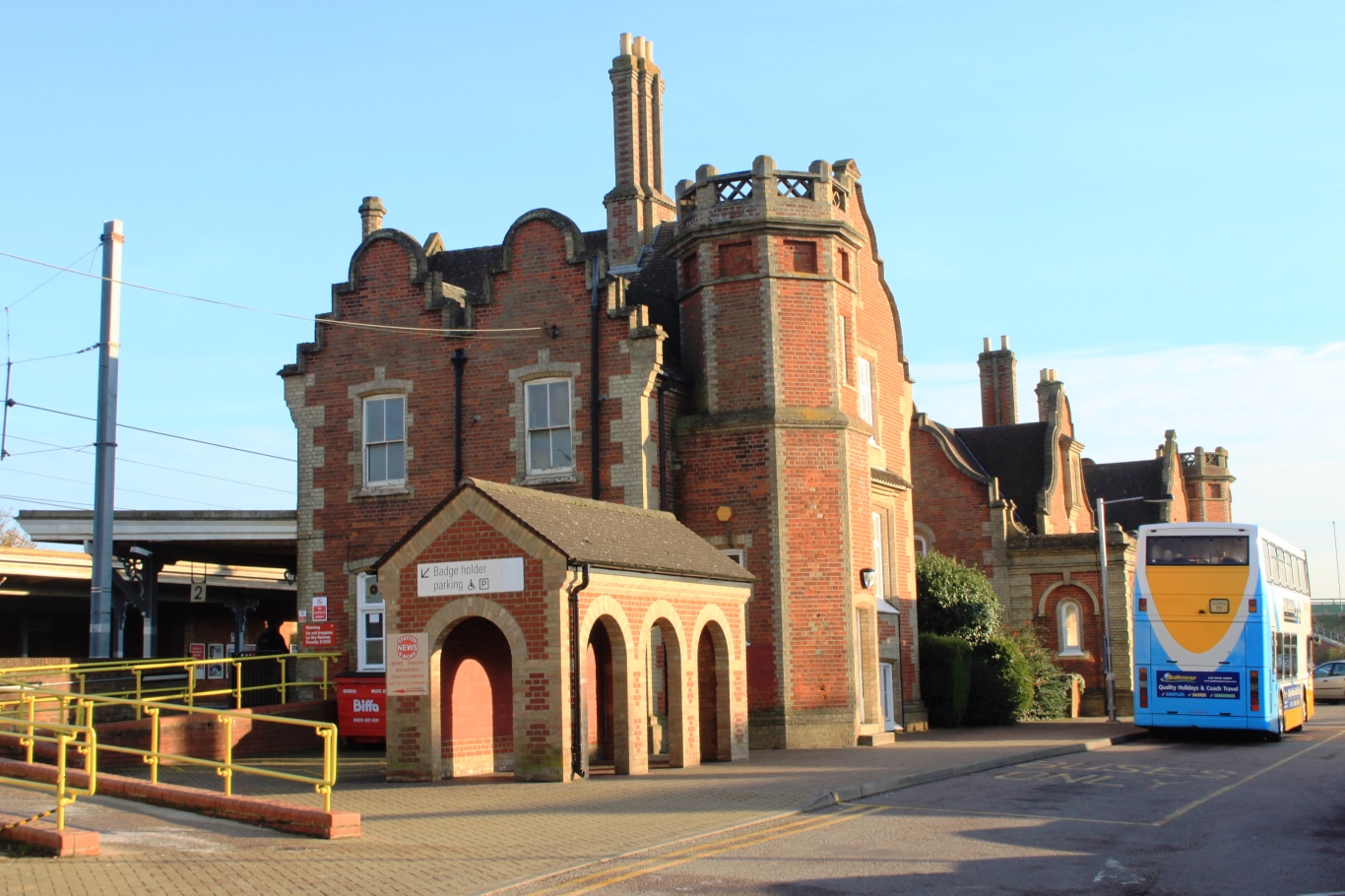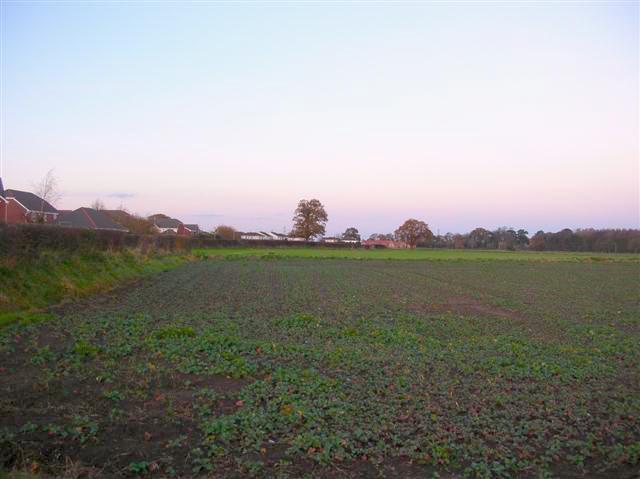|
Haughley
Haughley is a village and civil parish in the Mid Suffolk district of Suffolk, England. The village is located northwest of the town of Stowmarket, overlooking the River Gipping, Gipping valley, next to the A14 road (England), A14 corridor. The population recorded in 2011 was 1,638. Mentioned in the Domesday Book, it was the site of a castle, a church on the pilgrim's route to Bury St Edmunds Abbey, and a market. Adjacent farms on the north side of the village were also home to one of the first studies of organic farming and the first headquarters of the Soil Association. History The village has evidence of Neolithic, pagan, Iron Age, Roman and Saxon settlements and was first mentioned (as ''Hag'e'le'') in the will of Leofgifu, a Saxon noblewoman, in 1040. Leofgifu bequeathed Haughley to her only daughter who may eventually have become the wife of Guthmund, the holder of Haughley in 1066 (Guthmund was the brother of Wulfric, 'a kinsman' of Edward the Confessor, appointed Bishop ... [...More Info...] [...Related Items...] OR: [Wikipedia] [Google] [Baidu] |
A14 Road (England)
The A14 is a major trunk road in England, running from the Catthorpe Interchange, a major intersection at the southern end of the M6 motorway, M6 and junction 19 of the M1 motorway, M1 in Leicestershire, to the Port of Felixstowe, Suffolk. The road forms part of the unsigned International E-road network, Euroroutes European route E24, E24 and European route E30, E30. It is the busiest shipping lane in East Anglia carrying anything from cars to large amounts of cargo between the UK and Mainland Europe. Route Beginning at the Catthorpe Interchange, the A14 runs through Kettering, Northamptonshire, towards Huntingdon where it now runs parallel to the A1 past Brampton, Cambridgeshire and now bypasses Huntingdon completely due to the A14 Cambridge to Huntingdon Scheme from 2017 until 2022. It continues past Bar Hill towards Cambridge to meet the end of the M11 and the A428 at the Girton Interchange. The A14 continues easterly over northern Cambridge towards Newmarket where it briefly ... [...More Info...] [...Related Items...] OR: [Wikipedia] [Google] [Baidu] |
Soil Association
The Soil Association is a British registered charity focused on the effect of agriculture on the environment. It was established in 1946. Their activities include campaigning for local purchasing, public education on nutrition and certification of organic foods, and against intensive farming. History The Haughley experiment Lady Eve Balfour (niece of former British Prime Minister Arthur Balfour) was one of the first women to study agriculture in a British university. She and her sister Mary bought New Bells Farm at Haughley Green in Suffolk and started the Haughley Experiment, trialling different types of farming techniques to compare chemical and organic farming. The Haughley experiment was the first formal, side-by-side farm trial to compare organic and chemical-based farming. It was based on an idea that farmers were over-reliant on fertilizers, that livestock, crops and the soil should be treated as a whole system and that "natural" farming produced food which was ... [...More Info...] [...Related Items...] OR: [Wikipedia] [Google] [Baidu] |
Organic Farming
Organic farming, also known as organic agriculture or ecological farming or biological farming,Labelling, article 30 o''Regulation (EU) 2018/848 of the European Parliament and of the Council of 30 May 2024 on organic production and labelling of organic products and repealing Council Regulation (EC) No 834/2007.''/ref> is an agricultural system that emphasizes the use of naturally occurring, non-synthetic inputs, such as compost manure, green manure, and bone meal and places emphasis on techniques such as crop rotation, companion planting, and mixed cropping. Biological pest control methods such as the fostering of insect predators are also encouraged. Organic agriculture can be defined as "an integrated farming system that strives for sustainability, the enhancement of soil fertility and biological diversity while, with rare exceptions, prohibiting synthetic pesticides, antibiotics, synthetic fertilizers, genetically modified organisms, and growth hormones". It originate ... [...More Info...] [...Related Items...] OR: [Wikipedia] [Google] [Baidu] |
Stowmarket
Stowmarket ( ) is a market town and civil parish in the Mid Suffolk district of Suffolk, England,OS Explorer map 211: Bury St.Edmunds and Stowmarket Scale: 1:25 000. Publisher:Ordnance Survey – Southampton A2 edition. Publishing Date:2008. on the A14 road (Great Britain), A14 trunk road between Bury St Edmunds to the west and Ipswich to the southeast. The town lies on the Great Eastern Main Line (GEML) between Diss, Norfolk, Diss and Needham Market, and lies on the River Gipping, which is joined by its tributary, the River Rat, to the south of the town. The town takes its name from the Old English language, Old English word ''stōw'' meaning "principal place", and was granted a market charter in 1347 by Edward III of England, Edward III. A bi-weekly market is still held there today on Thursday and Saturday. The population of the town has increased from around 6,000 in 1981 to around 21,000 in 2021, with considerable further development planned for the town and surrounding vi ... [...More Info...] [...Related Items...] OR: [Wikipedia] [Google] [Baidu] |
River Gipping
The River Gipping is the source river for the River Orwell in the county of Suffolk in East Anglia, England, which is named from the village of Gipping, and which gave its name to the former Gipping Rural District. It rises near Mendlesham, Mendlesham Green and flows in a south-westerly direction to reach Stowmarket. From there it flows towards the south or south east, passing through Needham Market then Baylham. The river continues to flow south between Great Blakenham and Claydon, and through Bramford and Sproughton until it flows into Ipswich, where it becomes the Orwell at Stoke Bridge. The river has supplied power to a number of watermills, several of which are still standing. None are operational, although the mill at Baylham retains most of its machinery, and is the only complete mill on the river. There is evidence that the river was used for navigation in the thirteenth and seventeenth centuries, but in 1790 the Ipswich and Stowmarket Navigation Act 1790 (30 Geo. 3. c. ... [...More Info...] [...Related Items...] OR: [Wikipedia] [Google] [Baidu] |
Ranulf De Broc
Ranulf de Broc (sometimes Rannulf de Broc;Keats-Rohan ''Domesday Descendants'' p. 351 died around 1179) was an Anglo-Normans, Anglo-Norman nobleman and royal official during the reign of King Henry II of England. He held two offices in the royal household as well as performing other administrative duties for the king. During the Becket controversy (lasting until Becket's death in 1170) between King Henry and Thomas Becket, the Archbishop of Canterbury, de Broc supported the king and was granted the administration of the exiled archbishop's lands during the later half of the 1160s. This earned de Broc three sentences of excommunicate, excommunication from the archbishop because of de Broc's financial exactions from the estates. De Broc was with the four men who murdered Becket in December 1170, although he did not take part in the actual murder. At de Broc's death around 1179, he left behind a widow and five daughters, who were his co-heiresses. Early life and career De Broc was ... [...More Info...] [...Related Items...] OR: [Wikipedia] [Google] [Baidu] |
Hugh De Montfort, Lord Of Montfort-sur-Risle
{{Infobox noble, type , name = Hugh de Montfort , title = Lord of Montfort-sur-Risle , image = , caption = , alt = , CoA = , more = no , succession = , reign = , reign-type = , predecessor = , successor = , suc-type = , spouse = 2 , spouse-type = , issue = 4 , issue-link = , issue-pipe = , full name = , styles = , titles = , noble family = , house-type = , father = Hugh (I) the Bearded de Montfort-sur-Risle , mother = , birth_date = , birth_place = Montfort-sur-Risle, Eure, Duchy of Normandy , christening_date = , christening_place = , death_date = {{circa, 1088 , death_place = England , burial_date = , burial_place = , religion = , occu ... [...More Info...] [...Related Items...] OR: [Wikipedia] [Google] [Baidu] |
Norman Conquest Of England
The Norman Conquest (or the Conquest) was the 11th-century invasion and occupation of England by an army made up of thousands of Normans, Norman, French people, French, Flemish people, Flemish, and Bretons, Breton troops, all led by the Duke of Normandy, later styled William the Conqueror. William's claim to the English throne derived from his familial relationship with the childless Anglo-Saxon king Edward the Confessor, who may have encouraged William's hopes for the throne. Edward died in January 1066 and was succeeded by his brother-in-law Harold Godwinson. The Norwegian king Harald Hardrada invaded northern England in September 1066 and was victorious at the Battle of Fulford on 20 September, but Godwinson's army defeated and killed Hardrada at the Battle of Stamford Bridge on 25 September. Three days later on 28 September, William's invasion force of thousands of men and hundreds of ships landed at Pevensey in Sussex in southern England. Harold marched south to oppose ... [...More Info...] [...Related Items...] OR: [Wikipedia] [Google] [Baidu] |
Battle Of Hastings
The Battle of Hastings was fought on 14 October 1066 between the Norman-French army of William, Duke of Normandy, and an English army under the Anglo-Saxon King Harold Godwinson, beginning the Norman Conquest of England. It took place approximately northwest of Hastings, close to the present-day town of Battle, East Sussex, and was a decisive Norman victory. The background to the battle was the death of the childless King Edward the Confessor in January 1066, which set up a succession struggle between several claimants to his throne. Harold was crowned king shortly after Edward's death but faced invasions by William, his own brother Tostig, and the Norwegian king Harald Hardrada (Harold III of Norway). Hardrada and Tostig defeated a hastily gathered army of Englishmen at the Battle of Fulford on 20 September 1066. They were in turn defeated by Harold at the Battle of Stamford Bridge on 25 September. The deaths of Tostig and Hardrada at Stamford Bridge left William as ... [...More Info...] [...Related Items...] OR: [Wikipedia] [Google] [Baidu] |
Henry II Of England
Henry II () was King of England The monarchy of the United Kingdom, commonly referred to as the British monarchy, is the form of government used by the United Kingdom by which a hereditary monarch reigns as the head of state, with their powers Constitutional monarchy, regula ... from 1154 until his death in 1189. During his reign he controlled Kingdom of England, England, substantial parts of Wales in the High Middle Ages, Wales and Lordship of Ireland, Ireland, and much of Kingdom of France, France (including Duchy of Normandy, Normandy, County of Anjou, Anjou, and Duchy of Aquitaine, Aquitaine), an area that altogether was later called the Angevin Empire, and also held power over Kingdom of Scotland, Scotland and the Duchy of Brittany. Henry was the eldest son of Geoffrey Plantagenet, Count of Anjou, and Empress Matilda, Matilda, daughter of Henry I of England. By the age of fourteen, he became politically and militarily involved in The Anarchy, his mother's efforts ... [...More Info...] [...Related Items...] OR: [Wikipedia] [Google] [Baidu] |
Bury St Edmunds And Stowmarket (UK Parliament Constituency)
Bury St Edmunds and Stowmarket is a constituency of the House of Commons in the UK Parliament represented since its creation for the 2024 general election by Peter Prinsley of the Labour Party. The constituency is named for the Suffolk towns of Bury St Edmunds and Stowmarket. Boundaries The constituency is composed of the following: * The District of Mid Suffolk wards of: Chilton; Combs Ford; Elmswell & Woolpit; Onehouse; Rattlesden; St. Peter’s; Stow Thorney; Thurston. * The District of West Suffolk wards of: Abbeygate; Bardwell; Barningham; Eastgate; Ixworth; Minden; Moreton Hall; Pakenham & Troston; Rougham; St. Olaves; Southgate; Stanton; The Fornhams & Great Barton; Tollgate; Westgate. Bury St Edmunds and Stowmarket contains the majority of the abolished Bury St Edmunds constituency and a small area to the north transferred from the West Suffolk constituency. The constituency covers Bury St Edmunds, Stowmarket and smaller settlements on the A14 corridor. Histor ... [...More Info...] [...Related Items...] OR: [Wikipedia] [Google] [Baidu] |
Thomas Becket
Thomas Becket (), also known as Saint Thomas of Canterbury, Thomas of London and later Thomas à Becket (21 December 1119 or 1120 – 29 December 1170), served as Lord Chancellor from 1155 to 1162, and then as Archbishop of Canterbury from 1162 until his death in 1170. He engaged in conflict with Henry II, King of England, over the rights and privileges of the Church and was murdered by followers of the King in Canterbury Cathedral. Soon after his death, he was canonised by Pope Alexander III. He is venerated as a saint and martyr by the Catholic Church and the Anglican Communion. Sources The main sources for the life of Becket are a number of biographies written by contemporaries. A few of these documents are by unknown writers, although traditional historiography has given them names. The known biographers are John of Salisbury, Edward Grim, Benedict of Peterborough, William of Canterbury, William fitzStephen, Guernes of Pont-Sainte-Maxence, Robert of Cricklade, ... [...More Info...] [...Related Items...] OR: [Wikipedia] [Google] [Baidu] |







